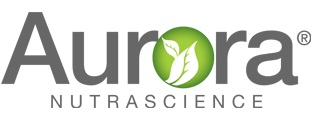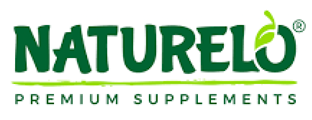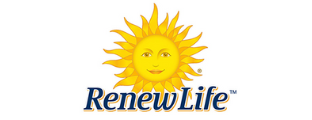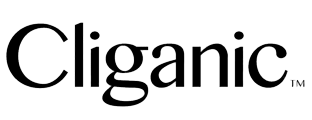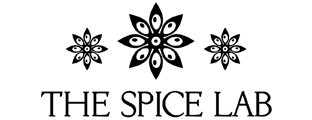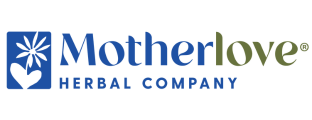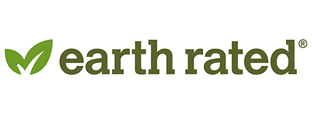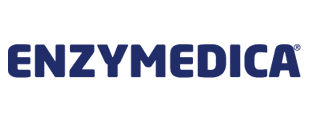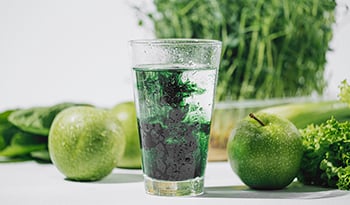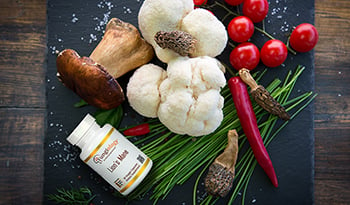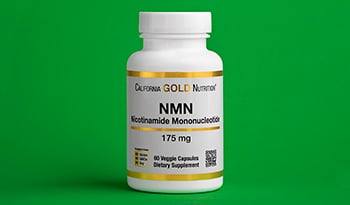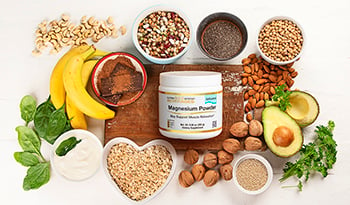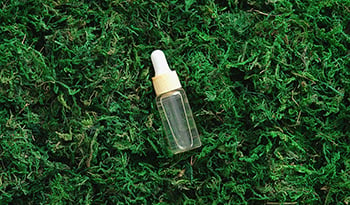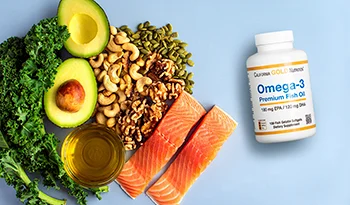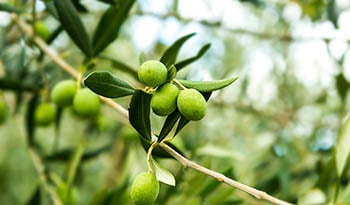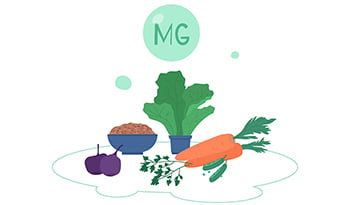Phytosomes – Increase the absorption of herbal extracts

Phytosomes are advanced forms of herbal products that are better absorbed, utilized, and as a result produce better results than conventional herbal extracts. Phytosomes are produced via a patented process whereby the individual components of an herbal extract are bound to phosphatidylcholine – an emulsifying compound derived from soy. Phosphatidylcholine is also one of the chief components of the membranes in our cells.
The Phytosome process has been applied to many popular herbal extracts including Ginkgo biloba, grape seed, hawthorn, milk thistle, green tea, and ginseng. The flavonoid and terpenoid components of these herbal extracts lend themselves quite well for the direct binding to phosphatidylcholine. Specifically, the choline head of the phosphatidylcholine molecule binds to these compounds while the fat-soluble phosphatidyl portion comprising the body and tail then envelopes the choline-bound material. The result is a little microsphere or cell is produced. The term “phyto” means plant while “some” means cell-like. What the Phytosome process produces is a little cell whereby the valuable components of the herbal extract are protected from destruction by digestive secretions and gut bacteria.
Is there scientific documentation to support the claims of superiority of Phytosomes?
Yes, there is a growing body of scientific studies showing improved absorption, utilization, and results with the Phytosome process. SILIPHOST (Silybin Phytosome) is the most well-studied. Silybin is the chief component of silymarin, the flavonoid complex from milk thistle valued for its ability to protect and restore the liver. Silybin is the most potent of these active substances. SILIPHOST contains one part silybin to one part phosphatidylcholine while Milk Thistle Phytosome is a less potent version as it contains all three flavonoids of silymarin and the ratio of to phosphatidylcholine to silymarin is 2:1.
What the research has shown in both human and animal studies is that SILIPHOST is better absorbed compared to an equal amount of silybin in conventional milk thistle extracts. In one human study, the excretion of silybin in the bile was evaluated in patients undergoing gallbladder removal for gallstones. A special drainage tube, the T-tube, was used to get the samples of bile necessary. Patients were given either a single oral dose of the SILIPHOST or milk thistle extract (80% silymarin). The amount of silybin recovered in the bile within 48 hours was 11% for the SILIPHOST group and 3% for silymarin group.1
One of the significant features of this study is the fact that silybin has been shown to improve the solubility of the bile. Since more silybin is being delivered to the liver and gallbladder when the SILIPHOST is used, this form is the ideal form for individuals with gallstones or fatty-infiltration of the liver – two conditions characterized by decreased bile solubility.
In another human study designed to assess the absorption of silybin when directly bound to phosphatidylcholine, plasma silybin levels were determined after administration of single oral doses of SILIPHOST and a similar amount of silybin from milk thistle extract in healthy volunteers. The results indicate that the absorption of silybin from SILIPHOST is approximately 7 times greater compared to the absorption of silybin from regular milk thistle extract (70-80% silymarin content).2 Similar results have been noted in studies comparing Green Tea Phytosome with green tea extract looking at the blood levels of the key compound epigallocatechin 3-O- gallate.
Illustration – Changes in blood levels for silybin in normal volunteers when given equivalent amounts of silybin in SILIPHOST, Silymarin, and pure Silybin
How does better absorption relate to better results?
The effectiveness of any herbal product (or medication) is dependent upon delivering an effective level of the active compounds. For milk thistle, this means delivering an effective level of silybin; for Panax ginseng it’s the compounds known as ginsenosides; for Ginkgo biloba extract it is the flavonoids and the terpenes; and for green tea it is epigallocatechin 3-O- gallate. It only makes sense that if you can increase the absorption and utilization of these components that you will see better results. And, that is exactly what has been shown in several studies with various Phytosomes.
For example, several clinical studies have also shown SILIPHOST is more effective and produce better results compared to regular milk thistle extracts.3-5 In one study of 232 patients with chronic hepatitis (viral, alcohol, or drug induced) treated with SILIPHOST at a dosage either 120 mg twice daily or 120 mg three times daily for up to 120 days, liver function returned to normal faster in the patients taking SILIPHOST compared to a group of controls (49 treated with a commercially available silymarin; 117 untreated or given placebo).3
Preliminary studies have also shown Ginkgo Phytosome and Grape Seed Phytosome to produce better results compared to the conventional extract forms of these plants. For example in studies with Ginkgo Phytosome in peripheral vascular disease (e.g., Raynaud’s disease and intermittent claudication) Ginkgo Phytosome was shown to produce a 30-60% greater improvement compared to regular Ginkgo biloba extract (24% ginkgo flavone glycoside and 6% terpene lactones).
How does the dosage of Phytosomes compare to regular standardized extracts?
Based upon absorption only, the dosage level of a Phytosome is pretty close to the dosage recommendations typically given for the corresponding standardized herbal extracts. For example, let’s take a look at grape seed extract and Grape Seed Phytosome. One 50 mg capsule of Grape Seed Phytosome, in terms of absorption only, is equivalent to about 50 mg. of regular grape seed extract. However, in terms of biological activity, based on preliminary studies it is estimated that one 50 mg capsule of Grape Seed Phytosome may be as effective as 150 mg of unbound grape seed extract. Studies with SILIPHOST and Ginkgo Phytosome also support that the Phytosome process enhances the utilization of the key components of the plant extract.
Which Phytosome should I take?
One of the most important groups of “phytochemicals” are the flavonoids. As a class of compounds, flavonoids have been referred to “nature’s biological response modifiers” because of their anti-inflammatory, anti-allergic, antiviral, and anti-cancer properties. In addition, flavonoids act as powerful antioxidants, providing remarkable protection against oxidative and free radical damage. In fact, various flavonoids have shown antioxidant activity 50 to 200 times more potent than vitamin C or vitamin E. Furthermore, we can use certain flavonoid-rich extracts as “tissue specific antioxidants” because of their ability to be concentrated in specific body tissues. For example, I recommend Ginkgo biloba extract as the flavonoid-rich extract to most people over the age of fifty because of its ability to act as an antioxidant in the brain and vascular lining throughout the body. My recommendation is for you to identify which flavonoid-rich extract is most appropriate for you and take it according to the recommended dosage
for the Phytosome form. When additional support is needed, the dosage can be doubled or even tripled for maximum benefit.
Flavonoid-Rich Extract | Daily dosage for antioxidant support | Indication |
50 to 100 mg | Systemic antioxidant, specific. Best choice for most people under age of fifty. Also specific for the eyes, lungs, diabetes, varicose veins, and protection against heart disease. | |
50 to 100 mg | Systemic antioxidant. Best choice for protection against cancer. Also protects against damage to cholesterol. | |
120 mg | Best choice for most people over the age of 50. Protects brain and vascular lining; | |
120 mg | Best choice if the liver or skin needs additional antioxidant protection. | |
150 mg | Good choice when the liver or skin only needs minor support. | |
100 mg | Best choice in heart disease or high blood pressure |
Why do you consider Grape Seed Phytosome the best choice for most people under the age of fifty?
Grape seed extract is a rich source of one of the most beneficial group of plant flavonoids – the proanthocyanidins (also referred to as procyanidins, procyanidolic oligomers, or PCO for short). Grape seed extract has demonstrated a wide range of beneficial effects including an ability to increase intracellular vitamin C levels and inhibiting the destruction of collagen – the main protein in the body. But, the most celebrated effects of PCO in the United States are their potent antioxidant and free radical scavenging effects.
The primary uses of PCO extracts are in the treatment of venous and capillary disorders including venous insufficiency, varicose veins, capillary fragility, and disorders of the retina including diabetic retinopathy and macular degeneration. Good clinical studies have shown positive results in the treatment of these conditions.
It appears that most individuals can benefit from an increased intake of PCO. This suggestion is perhaps best illustrated by studies looking at the ability of grape seed PCO extract in improving visual function in healthy subjects.8,9 In the studies, 100 normal volunteers with no retinal disorder received 200 mg/day of PCO or placebo for five or six weeks and a control group received no treatment. The group receiving PCOs demonstrated significant improvement in visual performance in dark and after glare tests compared to the placebo group. The improvement is related to improved retinal function.
Based on the relatively recent demonstration of potent antioxidant activity and protective effects on blood vessels the list of clinical uses of PCO extracts will surely increase. Perhaps the most significant use will eventually be in the prevention of atherosclerosis (hardening of the arteries) and its complications (heart attacks and strokes).
Grape Seed Phytosome offers the most beneficial source of PCOs. As a preventive measure and as antioxidant support, a daily dose of 50 mg to 100 mg of Grape Seed Phytosome is recommended. When additional support is required the recommended dosages is 150 to 300 mg daily.
Why do you recommend Hawthorn Phytosome for heart disorders and high blood pressure?
High-quality hawthorn extracts made from the flowering tops of the plant just prior to the formation of the hawthorn are widely used by physicians in Europe for their cardiovascular activities. Studies have demonstrated hawthorn extracts are effective in reducing angina attacks as well as lowering blood pressure and serum cholesterol levels, and improving heart function in congestive heart failure.
Like other flavonoid-rich extracts, hawthorn extracts have shown exceptional antioxidant activity. In addition, the beneficial effects of hawthorn extracts in heart disorders are a result of the flavonoids improving the blood and oxygen supply to the heart by dilating the coronary vessels, as well as improving of the metabolic processes in the heart.
The reason why Hawthorn Phytosome is recommended in cardiovascular disorders or in people with a family history of heart disease it appears that these flavonoids have an affinity for the heart and large blood vessels. Once incorporated into these tissues, the antioxidant effects are especially helpful in blocking the progression of atherosclerosis and may actually reverse it.
How does a “Phytosome” differ from a “Liposome?”
Liposomes are used primarily in cosmetics to deliver water-soluble substances to the skin. A liposome is formed by mixing a water-soluble substance with phosphatidylcholine. No chemical bond is formed, the phosphatidylcholine molecules collective surround the water-soluble substance. There may be hundreds or even thousands of phosphatidylcholine molecules surrounding the water-soluble compound. In contrast, with the Phytosome process the phosphatidylcholine and the individual plant components actually from a 1:1 or a 2:1 complex depending on the substance. This difference results in Phytosomes being much better absorbed that liposomes. Not surprisingly, Phytosomes are also superior to liposomes in skin care products.
References:
- Schandalik R, Gatti G, and Perucca E: Pharmacokinetics of silybin in bile following administration of silipide and silymarin in cholecystectomy patients. Arzneim Forsch 1992;42(7):964-8.
- Barzaghi N, et al.: Pharmacokinetic studies on IdB 1016, a silybin-phosphatidylcholine complex, in healthy human subjects. Eur J Drug Metab Pharmacokinet 1990;15(4):333-8.
- Mascarella S, et al.: Therapeutic and antilipoperoxidant effects of silybin-phosphatidylcholine complex in chronic liver disease: Preliminary results. Curr Ther Res 1993;53(1):98-102.
- Vailati A, et al.: Randomized open study of the dose-effect relationship of a short course of IdB 1016 in patients with viral or alcoholic hepatitis. Fitoterapia 1993;44(3):219-28.
- Marena C and Lampertico P: Preliminary clinical development of Silipide: A new complex of silybin in toxic liver disorders. Planta Medical 1991;57(S2):A124-5.
- Facino RM, et al.: Free radicals scavenging action and anti-enzyme activities of procyanidines from Vitis vinifera. A mechanism for their capillary protective action. Arzneim Forsch 1994;44:592-601.
- Schwitters B and Masquelier J: OPC in Practice: Biflavanols and Their Application. Alfa Omega, Rome, Italy, 1993.
- Corbe C, Boisin JP and Siou A: Light vision and chorioretinal circulation. Study of the effect of procyanidolic oligomers (Endotelon). J Fr Ophtalmol 1988;11:453-60.
- Boissin JP, Corbe C and Siou A: Chorioretinal circulation and dazzling: use of procyanidol oligomers. Bull Soc Ophtalmol Fr 1988;88:173-4,177-9.
- Weihmayr T and Ernst E. Therapeutic effectiveness of Crataegus. Fortschr Med 1996;114:27-9.
- Schmidt U, et al.: Efficacy of the Hawthorn (Crataegus) preparation LI 132 in 78 patients with chronic congestive heart failure defined as NYHA functional class II. Phytomed 1994;1(1):17-24.
- Schussler M, Holzl J, Fricke U: Myocardial effects of flavonoids from Crataegus species. Arzneim Forsch 1995;45:842-5.
- Hertog MG, et al: Dietary antioxidant flavonoids and risk of coronary heart disease: the Zutphen Elderly Study. Lancet 1993;342:1007-11.
- Wegrowski J, Robert Am and Moczar M: The effect of procyanidolic oligomers on the composition of normal and hypercholesterolemic rabbit aortas. Biochem Pharmacol 1984;33:3491-7.
PENAFIAN:PUSAT KESEHATAN tidak dimaksudkan untuk memberikan diagnosis...








